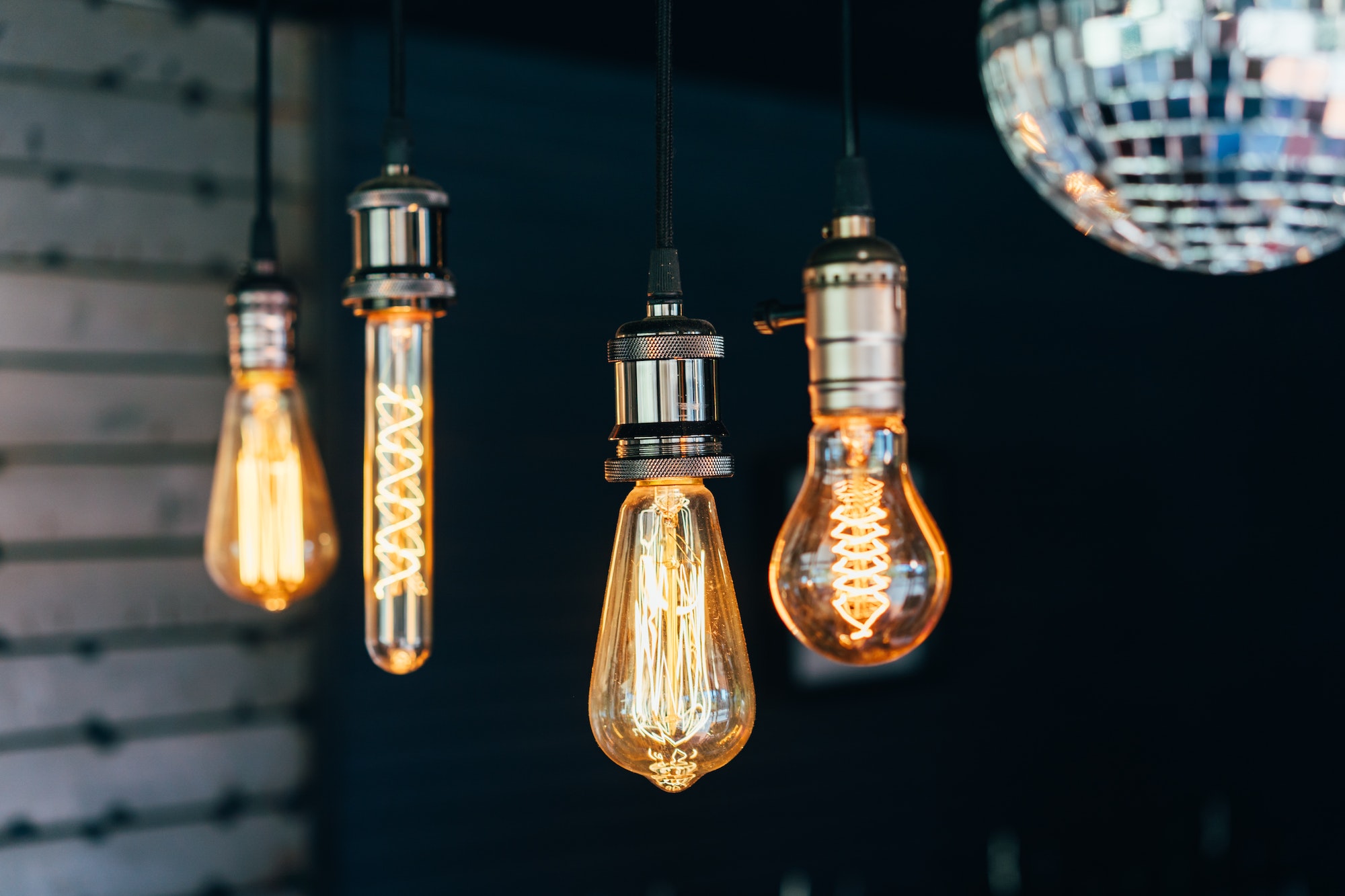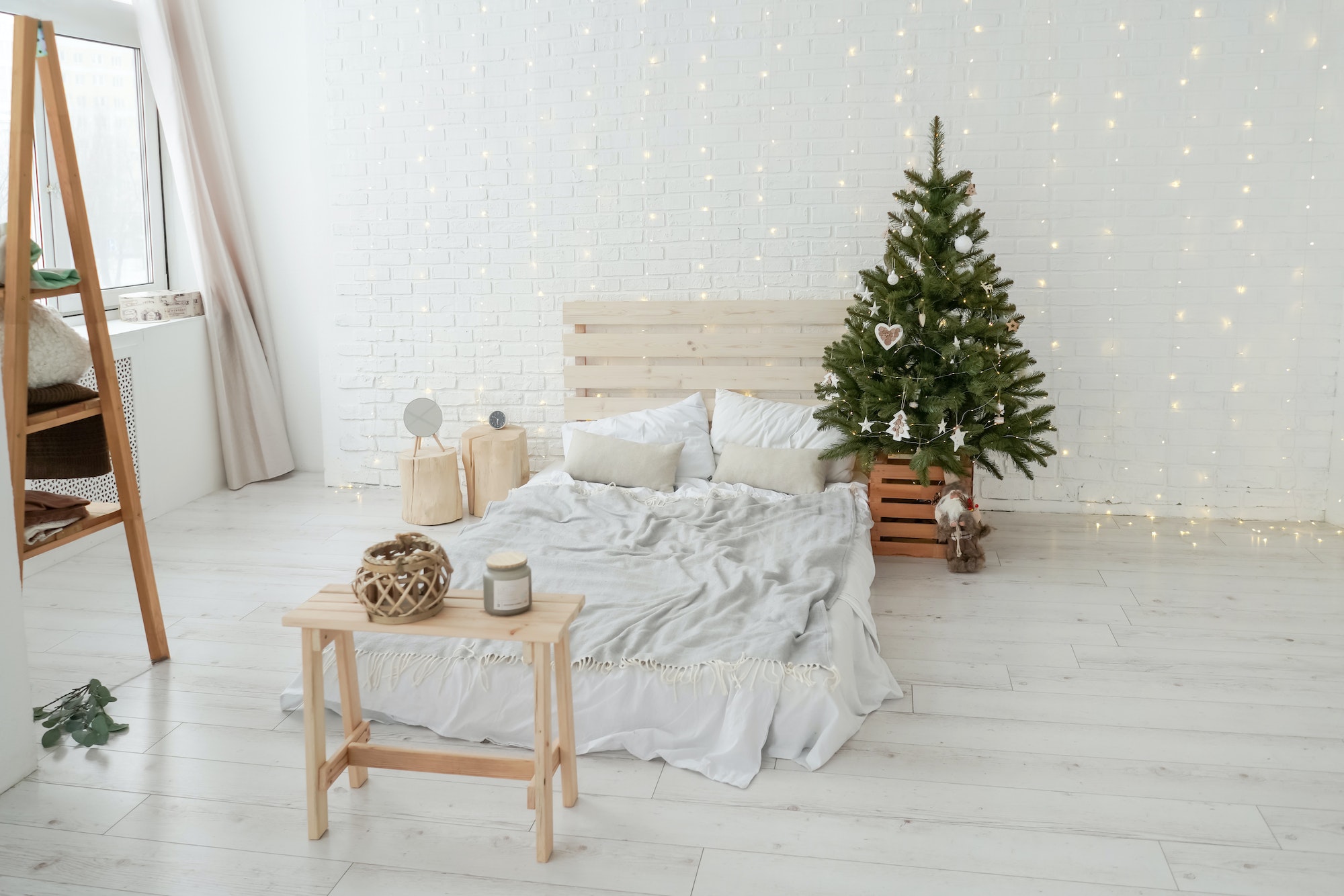Lighting is probably the first thing guests notice when they enter your home. Apart from curb appeal, anyone who walks through your front door adjusts to the interior lighting. Guests can easily notice if the room is cool, lit dimly, or full of natural light. Guests can also notice innovative light placements, colors, and other lighting designs.
Unfortunately, most homeowners overlook the importance of lighting in the interior design process. Lighting designs and installations are quite complicated and require expert involvement. Just like you’d hire a deck builder for your deck and outdoor lights installation, you should work with experts in interior design lighting. Homeowners can make the best from their interior design lighting using the following tips:
1. Consider the Overall Function of Rooms
Lighting is an important determiner of the functionality of any room. Lighting designs for special rooms focus on creating a dark feel, while rooms with multiple functions, such as kitchens, offices, and living rooms, require proper lighting. Natural lights also give energy to the room, and homeowners should consider incorporating them in heavily trafficked areas of their homes.
Interior design lighting should be pleasant to the eyes. Modern interior design lighting trends revolve around flexible or adjustable light tones for kitchens, bedrooms, and reading spaces. Homeowners should also capitalize on natural light during the daytime to save energy costs.
2. Illuminate Specific Features
Most homeowners assume lighting should brighten the entire room. While this is important to enhance room functionality, it isn’t the only benefit of your interior design lighting. Illuminating specific features in a room requires that you target unique interior design features. There are endless designs available for illuminating specific areas of rooms.
The best areas to illuminate with interior design lights include work areas, decorative elements, and unique furniture. Interior designers also suggest illuminating entryways. With the increasing adoption of open floor plans, accentuating entryways and walkways with strategic lights is becoming important. It adds depth to open rooms and creates focal points in open rooms. If done correctly, directional lighting creates a magnificent and calming aura.
3. Match Your Lighting with the Interior Color Scheme
Lighting also complements your home’s interior color scheme. Modern color trends focus on unique colors and general tones across rooms. While some rooms appeal better with yellow and gold tones, others are excellent with cool tones. Regardless, you should install lighting fixtures that complement the color scheme.
Homeowners can opt for traditional, lamp-style lights for visual stimulation, focused lighting, or strategic lights to promote the natural appearance of the rooms. Similarly, well-placed lighting should be used in dark-toned rooms.
4. Understand the Various Types of Interior Design Lights
You should also choose the best light fixtures that can complement your interior design. Common lighting fixtures to consider include:
- Overall lighting – Widely used in modern lighting design trends to enhance room functionality. Here, the main light is used to provide overall illumination and brighten rooms. Overall lights fulfill the most basic requirements of lighting, which are making surfaces and walls appear brighter.
- Accent lighting – Best used to highlight unique designs, architecture, and décor. Well-placed pendants over dining tables, a spotlight on beautiful art pieces, and floor lamps give these unique installations attention.
- Task lighting – Task lights are used for specific purposes. This includes providing light for your kitchen island, illuminating cabinets, or making specific parts obvious, such as stairs and pathway lights.
5. Use Lights to Make a Statement
Like other interior design elements, lighting helps decorate your rooms. You can leverage several lighting fixtures for a bold and beautiful outlook. For instance, installing a grand chandelier at the center of your living room makes the space feel luxurious. You can also incorporate various modern interior light fixtures, such as ceiling pendants and floor lamps, to improve the appearance of your indoors.
6. Layer Lighting Installations
Layering lights is important for your overall interior and architectural design. Layering interior lights helps homeowners achieve a warm and welcoming appearance. DIY homemakers often prefer ambient lights, which create dead corners in areas that receive limited illumination. Overlooked corners also negate the room’s aesthetics. Layering lights ensure that you incorporate various lighting fixtures, from accent to ambient and task lights.
7. Vary Light Intensity
Adjusting light intensity is another excellent way lighting complements the interior design. For instance, installing cool white lights brightens rooms, making it difficult to sleep. This makes them excellent for study rooms but horrible in bedroom setups. Similarly, yellow light is an excellent option for creating casual moods. Mixing light fixtures with different intensities can transform your indoor environment.
Endnote
Lighting is an important component of interior design and should be done cautiously. Perfecting your design requires careful planning, knowing how you want your rooms to look, and how you want lights to influence rooms and occupants. Lighting up your interior correctly improves elegance and style.
Discover more from Futurist Architecture
Subscribe to get the latest posts sent to your email.

![modern apartment [article_title]](https://www.futuristarchitecture.com/wp-content/uploads/2025/03/6-Quirky-Hacks-to-Spotlight-Tasks-With-Table-Lamps-900x600.jpg)

